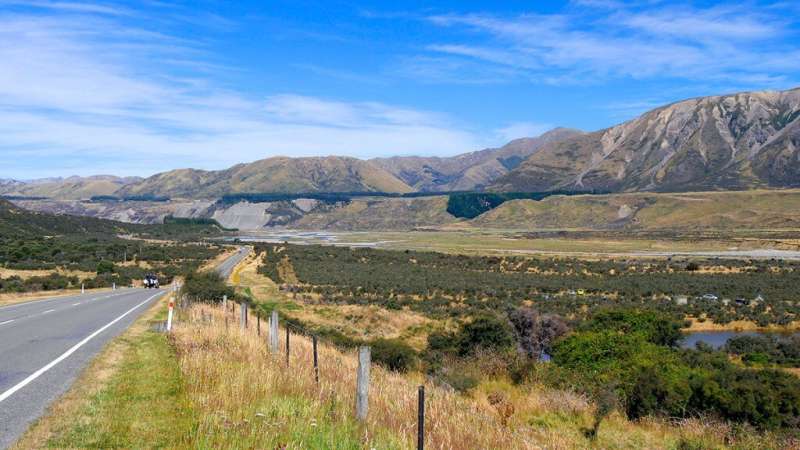New tectonic plate model could improve earthquake risk assessment

New Zealand is no stranger to earthquakes. Scientists estimate that more than 20,000 occur each year, and the deadliest ones can shudder the entire nation.
The country's seismic activity stems from its position atop the boundary of the Australian and Pacific tectonic plates, which are colliding at a rate of 3–5 centimeters per year. Understanding where and how plates interact is essential for determining earthquake risk. And according to a new model of plate boundaries, some regions of New Zealand might be more at risk than previously expected.
Hirschberg and Sutherland developed a new kinematic model of the Australian-Pacific plate boundary using fault slip rate measurements and physics-based estimates where slip rates were unavailable.
The method allowed them to estimate fault slip rates across New Zealand. It output a velocity field that like a budget, balanced deformation occurring elsewhere along the plate boundary. Critically, the predicted velocities could vary across faults, which allowed model resolution approaching 10 kilometers—an order of magnitude better than many contemporary approaches.
The authors then compared their computed velocity field to GPS observations. In Wellington, the model suggested slip rates have been overestimated, which the authors say represents decreased hazard risk. Meanwhile, in the northeastern North Island, differences between the model and GPS observations may be explained by uncertainty in deformation north of New Zealand or undiscovered faults within New Zealand that could pose earthquake risk.
The paper is published in the Journal of Geophysical Research: Solid Earth. These new-and-improved models can be applied along other plate boundaries, the authors say, to improve risk assessment and to better target field observations in risk-prone areas.
More information: H. Hirschberg et al, A Kinematic Model of Quaternary Fault Slip Rates and Distributed Deformation at the New Zealand Plate Boundary, Journal of Geophysical Research: Solid Earth (2022). DOI: 10.1029/2022JB024828
Journal information: Journal of Geophysical Research: Solid Earth
Provided by American Geophysical Union
This story is republished courtesy of Eos, hosted by the American Geophysical Union. Read the original story here.


















